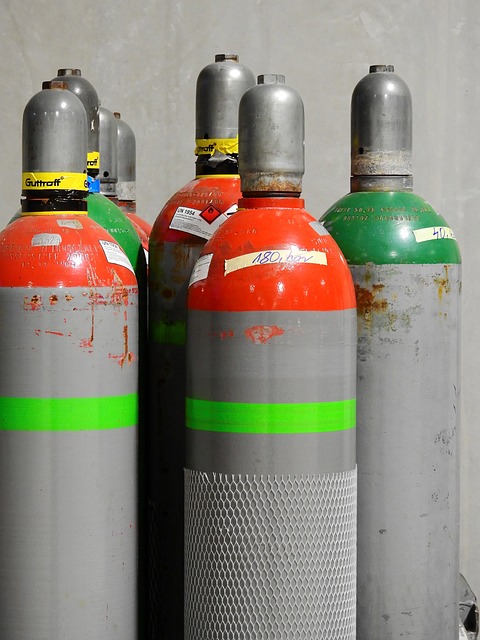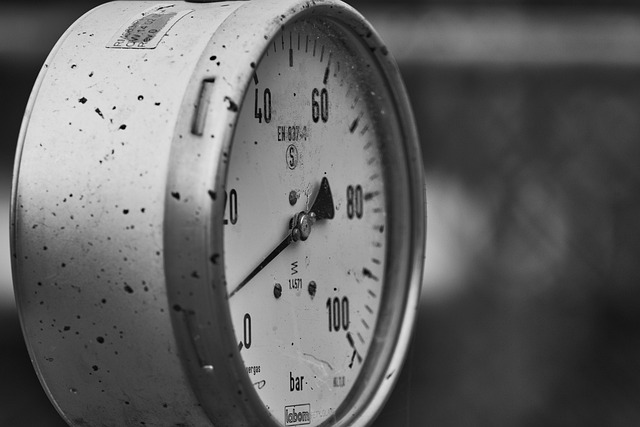Low water pressure isn't just an annoyance but often indicates deeper plumbing problems, such as mineral buildup, leaks, outdated systems, or faulty regulators. Plumbers use tools like pressure gauges to diagnose these issues, which can cause damage if left unaddressed. Regular maintenance, prompt repair of common causes like leaks and valve problems, and using high-efficiency appliances are preventive measures that ensure consistent water pressure and prolong plumbing system life, avoiding costly repairs related to low water pressure causes.
Low water pressure might seem like a minor inconvenience, but it could signal a more significant plumbing problem. This article explores the often-overlooked causes behind this issue, from leaky faucets to clogged pipes and faulty valves. We delve into how plumbers diagnose these issues and offer preventive measures to avoid future headaches. Understanding the root causes of low water pressure is key to maintaining a well-functioning plumbing system.
- Understanding Low Water Pressure: Common Causes Unveiled
- When Plumbers Intervene: Diagnosing the Underlying Issues
- Preventive Measures: Avoiding Future Plumbing Headaches
Understanding Low Water Pressure: Common Causes Unveiled

Low water pressure may seem like a minor inconvenience, but it often signals a more significant plumbing issue lurking beneath the surface. Understanding the common causes behind this problem is the first step in addressing and preventing potential damage to your home’s plumbing system. Several factors can contribute to reduced water pressure, ranging from issues within your pipes to faulty fixtures or even problems at the main water supply.
One of the most prevalent causes is mineral buildup or hard water, which can narrow pipe diameters over time, restricting water flow. Leaks in pipes or fittings also lead to pressure drops as a result of water loss. Additionally, outdated plumbing systems or corroded pipes may have reduced capacity or blockages, affecting overall water pressure. Other potential culprits include faulty pressure regulators, broken or improperly installed valves, and even issues with the main water line connecting to your home. Identifying these causes is crucial for effective troubleshooting and ensuring a robust plumbing system.
When Plumbers Intervene: Diagnosing the Underlying Issues

When Plumbers Intervene: Diagnosing the Underlying Issues
If you’re experiencing low water pressure in your home, it could be a symptom of various plumbing issues, not just a simple blockage or worn-out fixtures. Plumbers are equipped to delve deeper into these causes, as low water pressure can often indicate more significant problems within the plumbing system. From corroded pipes and faulty valves to leaks and even reduced water supply from the main source, there are numerous potential causes of low water pressure.
Professional plumbers employ diagnostic tools like pressure gauges to measure water pressure at different points in the system. They also inspect for signs of damage or corrosion, check valve functionality, and trace water flow to pinpoint exactly where the reduction is occurring. This thorough process helps not only in restoring proper water pressure but also in preventing further damage or more costly repairs down the line.
Preventive Measures: Avoiding Future Plumbing Headaches

When it comes to low water pressure, many homeowners often overlook potential underlying issues that could lead to more severe plumbing problems. Regularly checking and maintaining your plumbing system is key to avoiding future headaches. Start by identifying common causes of low water pressure, such as leaks in pipes or fixtures, aerators that restrict flow, or issues with the main water supply valve. Addressing these issues promptly can prevent significant damage and ensure consistent water pressure throughout your home.
Additionally, keeping an eye on water usage patterns and regularly flushing out water heaters and softeners can help maintain optimal plumbing health. Using high-efficiency appliances and fixtures also reduces strain on your water system, ensuring a steady flow for daily activities. By implementing these preventive measures, you can extend the life of your plumbing infrastructure and minimize costly repairs caused by low water pressure.
Low water pressure can be a symptom of various plumbing issues, from leaks and pipe corrosion to faulty valves and water main problems. While it might seem like a minor inconvenience, ignoring persistent low pressure can lead to more significant damage and higher costs down the line. By understanding the causes and taking preventive measures, homeowners can avoid costly repairs and ensure their plumbing systems operate efficiently. Regular maintenance and prompt intervention when issues arise are key to keeping your water pressure strong and your plumbing system running smoothly.
